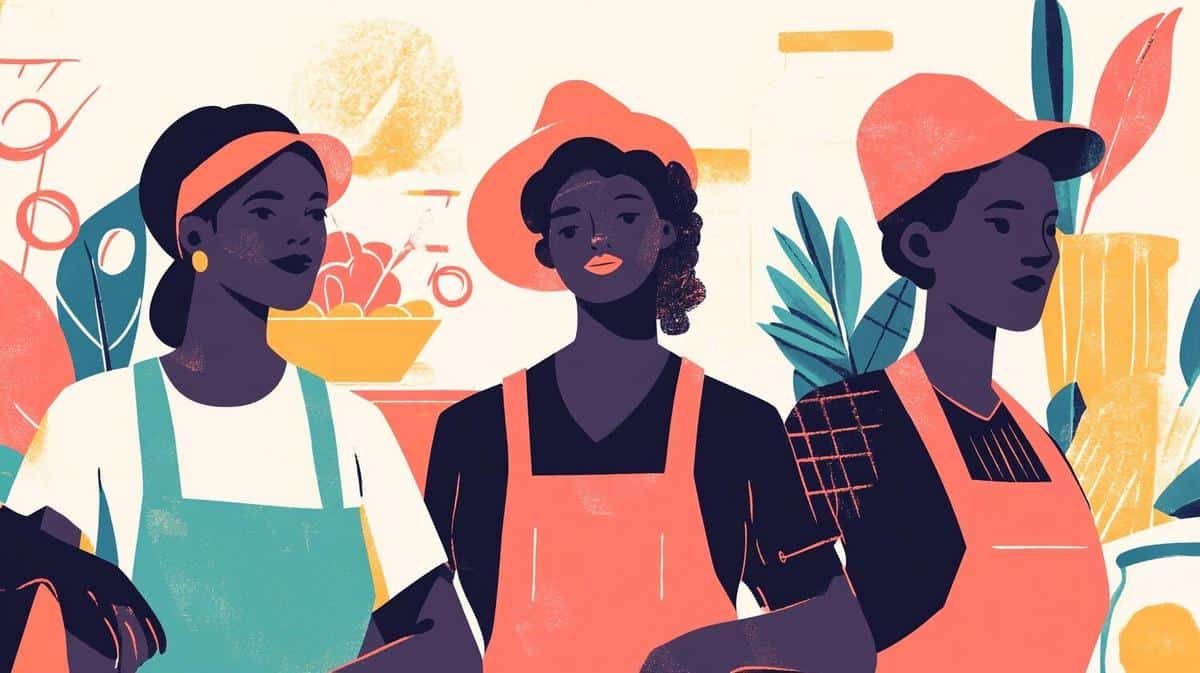
Innovations in Sustainable Food Packaging
As sustainability becomes an increasingly important consideration in our daily choices, innovations in sustainable food packaging are taking center stage. This topic explores the cutting-edge developments aimed at reducing environmental impact while maintaining product integrity.
In recent years, the food industry has witnessed significant advancements in sustainable packaging solutions. These innovations not only aim to minimize environmental footprints but also cater to the growing consumer demand for eco-friendly options. Let’s dive into some of the groundbreaking trends reshaping this sector.
Biodegradable and Compostable Packaging
Biodegradable and compostable materials are gaining traction as viable alternatives to traditional plastics. Made from natural substances such as cornstarch or sugarcane, these materials break down more easily, reducing landfill waste. According to a study by the Environmental Working Group, these materials can decrease the carbon footprint of packaging by up to 60%.
Edible Packaging
Imagining a world where you can eat the packaging after consuming the product is no longer a far-fetched idea. Companies are experimenting with edible films made from seaweed and other plant-based materials. These not only cut down on waste but also offer an added nutritional benefit.
“Edible packaging is a game-changer for the industry,” says Dr. Lisa Feldman, a sustainable packaging expert. “It addresses both waste reduction and consumer convenience.”
Recycled and Recyclable Materials
Utilizing recycled materials in packaging is a well-established practice, but the focus has now shifted to enhancing the recyclability of packaging. Innovations such as mono-material packaging, which uses a single type of recyclable material, make recycling more efficient.
Personal Anecdote: A Zero-Waste Journey
Imagine walking into a grocery store and leaving with zero waste. This was the experience of Emma, a sustainability enthusiast who shared how her local co-op uses bulk bins and encourages customers to bring their own containers, significantly reducing packaging waste.
Actionable Tips for Consumers
- Choose products with minimal or sustainable packaging.
- Support brands committed to reducing their environmental impact.
- Bring reusable bags and containers when shopping.
Comparison Table: Traditional vs. Sustainable Packaging
| Type | Material | Environmental Impact | Cost |
|---|---|---|---|
| Traditional | Plastic | High | Low |
| Sustainable | Biodegradable | Low | Moderate |
| Sustainable | Compostable | Low | Moderate |
| Sustainable | Edible | None | High |
| Sustainable | Recycled | Moderate | Varies |
Frequently Asked Questions
What is the most sustainable packaging option?
Edible packaging is considered highly sustainable as it leaves no waste.
Are biodegradable and compostable packaging the same?
No, biodegradable materials break down naturally over time, while compostable materials require specific conditions to decompose.
How can consumers support sustainable packaging?
By choosing products with eco-friendly packaging and supporting brands that prioritize sustainability.
Conclusion
Innovations in sustainable food packaging are paving the way for a more eco-conscious future. By embracing these advancements, both consumers and companies can contribute to a healthier planet. Whether it’s choosing biodegradable options or supporting brands committed to sustainability, every small action counts. Explore more about sustainable living and make informed choices that benefit both you and the environment.


